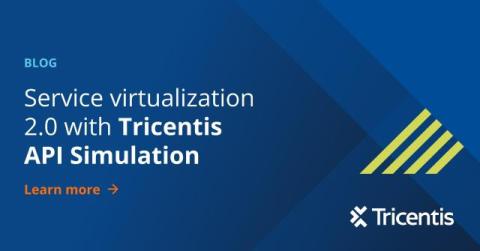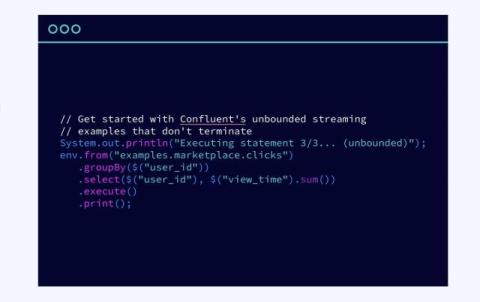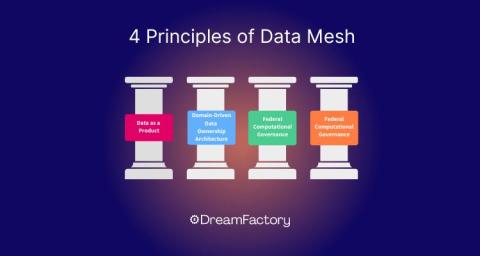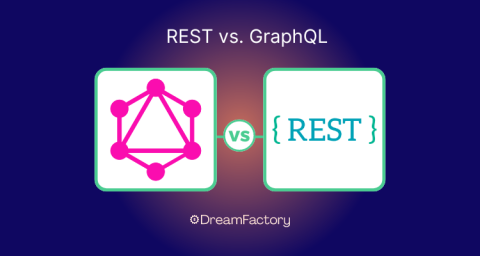The Fall and Rise of Embedded Plugins: IFrames - the Default Choice for Embedded Integration Design
With the rise in popularity of embedded integrations, and continued trial and error in this space, it’s best to review the core concepts of how embed frameworks operate. There are many ways platforms open their UI to third-parties, but one is considered original - the oldest, and likely still the most common method on the web - the old iframe model. In the olden days, the common way to enable third-party content in one’s interface was by iframing.











